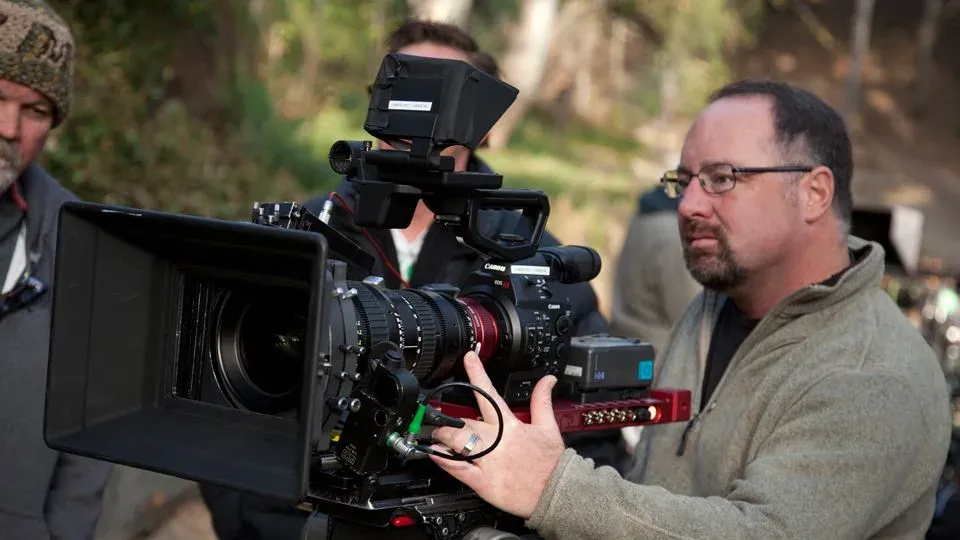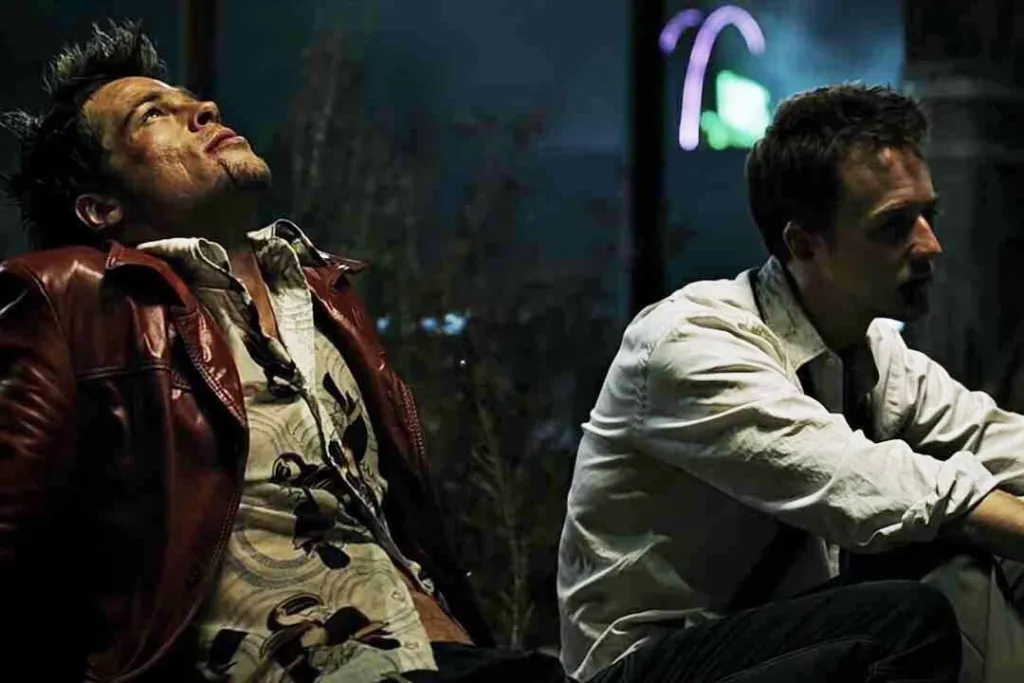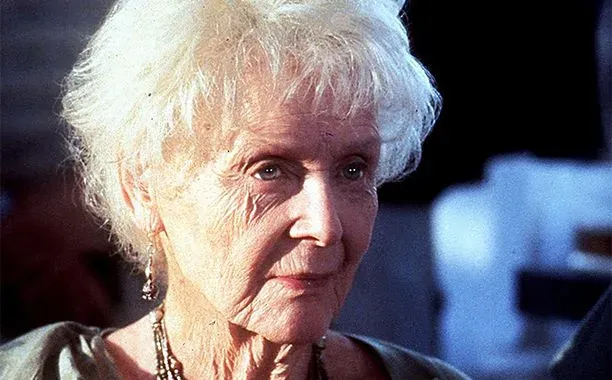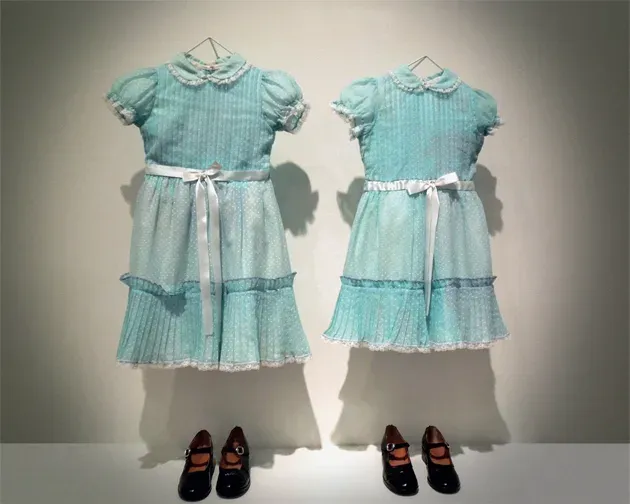Jeff Cronenweth – Telling Stories with Light
Jeff Cronenweth – Telling Stories with Light
Jeff Cronenweth is one of the most distinctive and respected cinematographers in contemporary cinema, known for his innovative work and his ability to create visual atmospheres that deeply resonate with the themes of the films… the visual atmospheres of Jeff Cronenweth. Born on January 14, 1962, Cronenweth is a second-generation artist: his father, Jordan Cronenweth, was a legendary cinematographer, famous for his work on “Blade Runner” (1982). This family environment steeped in cinema undoubtedly influenced Jeff’s artistic path, who managed to carve out his own name thanks to his unique style and dedication.
 Beginnings and Early Collaborations
Beginnings and Early Collaborations
Jeff Cronenweth began his career in cinema working as an assistant to his father and later as a camera operator, learning the fundamentals of cinematography on the job. His education took place not only through formal studies at the USC School of Cinematic Arts but also through hands-on experience on the sets of films his father worked on. This background allowed him to develop a deep respect for light, composition, and the use of innovative techniques.
His first major success as a cinematographer came with the film “Fight Club” (1999), directed by David Fincher. Although Jeff initially started as the second operator, he was promoted to director of photography midway through the shoot after the previous DP, the legendary cinematographer Andrzej Sekuła, left the project. The film, which became a cult classic, highlighted Cronenweth’s ability to use lighting and color to reflect the complex and fragmented psyche of the characters. The cinematography of “Fight Club” is characterized by bold use of shadows, unusual camera angles, and a desaturated color palette, elements that contribute to the chaotic and disturbing atmosphere of the film.
Collaborations with David Fincher
The collaboration with David Fincher became one of the most important of Cronenweth’s career. After “Fight Club,” the two worked together on a series of films that further cemented Jeff’s reputation as one of the top cinematographers in the industry.
 One of these projects was “The Social Network” (2010), a film that chronicles the genesis of Facebook and the rise of Mark Zuckerberg. For this film, Cronenweth employed clean, precise digital cinematography with a cold color palette that reflects the detached and often isolated nature of the characters. His ability to use both natural and artificial light to build a sense of authenticity and intimacy, while maintaining an engaging visual aesthetic, earned him his first Oscar nomination.
One of these projects was “The Social Network” (2010), a film that chronicles the genesis of Facebook and the rise of Mark Zuckerberg. For this film, Cronenweth employed clean, precise digital cinematography with a cold color palette that reflects the detached and often isolated nature of the characters. His ability to use both natural and artificial light to build a sense of authenticity and intimacy, while maintaining an engaging visual aesthetic, earned him his first Oscar nomination.
 Another critical project was “The Girl with the Dragon Tattoo” (2011), also directed by Fincher. Here, Cronenweth created a visually dark and cold world, with a color palette dominated by blues and grays, perfectly aligned with the tense and unsettling atmosphere of the story. This work also earned him an Academy Award nomination for Best Cinematography.
Another critical project was “The Girl with the Dragon Tattoo” (2011), also directed by Fincher. Here, Cronenweth created a visually dark and cold world, with a color palette dominated by blues and grays, perfectly aligned with the tense and unsettling atmosphere of the story. This work also earned him an Academy Award nomination for Best Cinematography.
Style and Approach
Jeff Cronenweth’s style is recognizable for his ability to create emotionally charged and visually powerful atmospheres. He is known for his masterful use of light, often favoring natural lighting or simulating it to achieve a sense of realism while maintaining a distinctive aesthetic. This is particularly evident in his collaborations with Fincher, where he has adapted his style to the different narrative and tonal needs of the films.
Cronenweth is also a pioneer in the use of digital technology. He embraced the transition from film to digital cinematography enthusiastically, experimenting with new tools and techniques to push the boundaries of visual storytelling. For example, his work on “The Social Network” was one of the first to use the RED digital camera, allowing for sharp, detailed images with great flexibility in post-production.
Other Projects and Legacy
In addition to his films with Fincher, Jeff Cronenweth has worked on a variety of projects, including the thriller “Gone Girl” (2014) and the music video for Radiohead’s “Creep,” also directed by Fincher. His ability to adapt to different genres and visual styles while maintaining a personal imprint has made him one of the most sought-after cinematographers in the industry.
Jeff Cronenweth’s influence on modern cinema is significant. He has helped redefine the look of digital cinema, demonstrating that technological innovation can go hand in hand with artistic and narrative aesthetics. His work continues to influence a new generation of cinematographers who see him as a master capable of combining technique and art.
Conclusion
Jeff Cronenweth is a cinematographer who has built a solid and innovative career, collaborating with some of the most visionary directors of our time. His ability to create images that not only support the narrative but elevate it, transforming films into unique visual experiences (the visual atmospheres of Jeff Cronenweth), makes him one of the great names in contemporary cinema. With a style that balances tradition and innovation, Cronenweth has left a lasting mark on the world of cinematography, continuing to inspire and fascinate both audiences and industry professionals.
 Subscribe to our YouTube channel
Subscribe to our YouTube channel

 Beginnings and Early Collaborations
Beginnings and Early Collaborations




